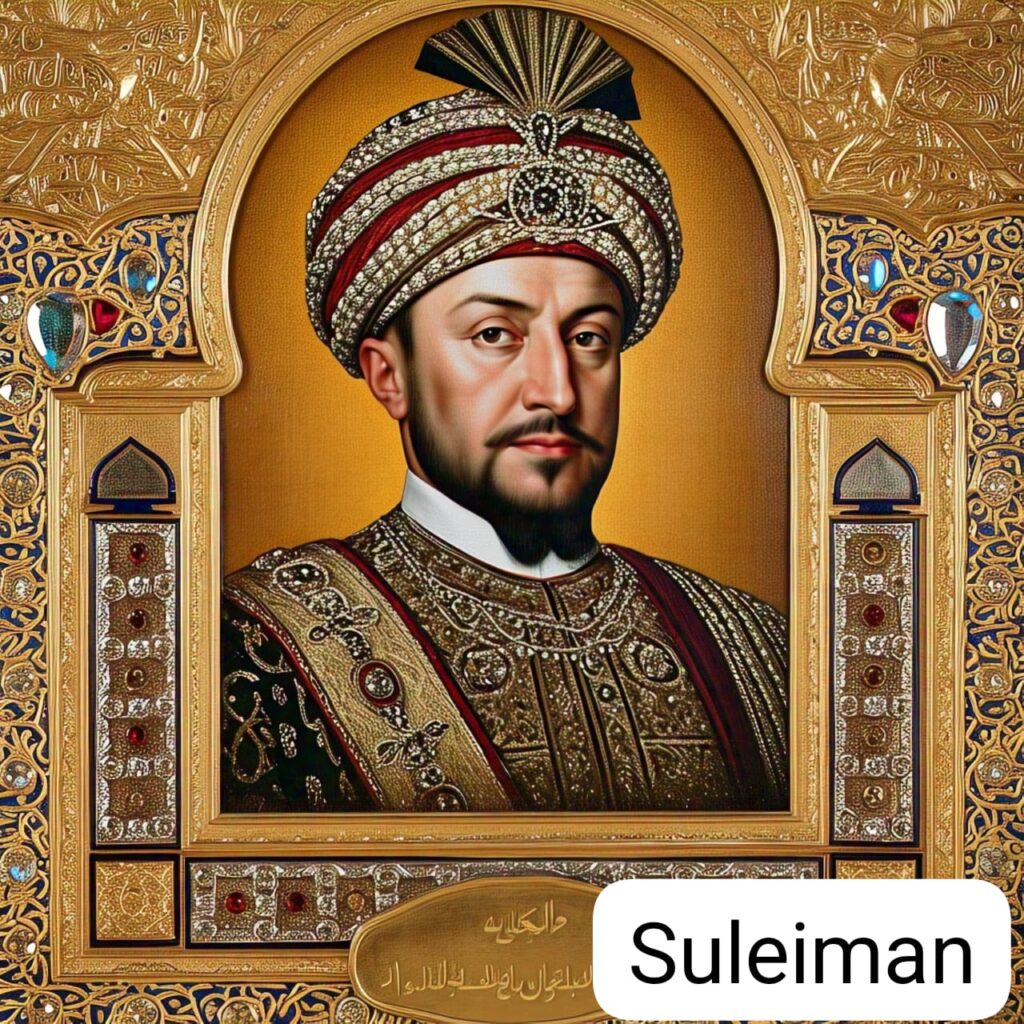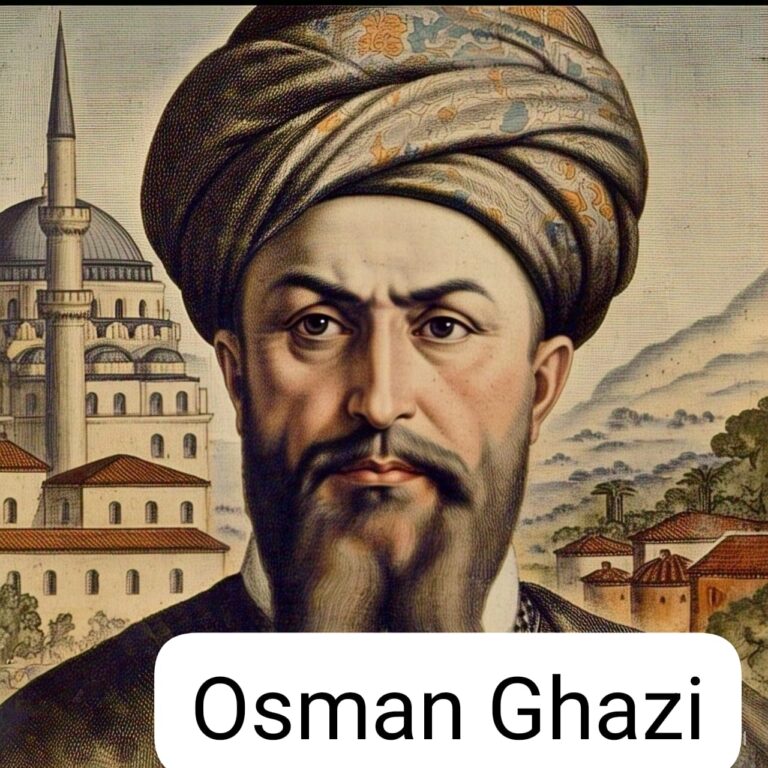History of Suleiman The Magnificent
A Comprehensive Biography Introduction
Suleiman the Magnificent, also known as Suleiman I, was a prominent Ottoman sultan who ruled the Ottoman Empire from 1520 to 1566. He is widely regarded as one of the most important and influential figures in Ottoman history, and his reign is often referred to as the ”Golden Age” of the Ottoman Empire. This article will provide a comprehensive biography of Suleiman the Magnificent, exploring his early life, military campaigns, administrative reforms, cultural achievements, and legacy.
Early Life
Suleiman was born on November 6, 1494, in Trabzon, a city on the black sea of modern- day Turkey. His father, sultan Selim 1, was a renowned military leader who had expended the ottoman empire through his conquests. Suleiman’s mother, Ayse Hafsa sultan, was a member of the Crimean royal family. As a young prince, Suleiman received a traditional ottoman education, studying Islamic theology, law, and military tactic.
Accession to the Throne
Suleiman ascended to the throne in 1520, following the death of his father, Sultan Selim 1. At the time, Suleiman was just 25 years old, but he had already gained significant military experience and had served as a governor in various provinces of the empire. His accession was met with Widespread enthusiasm and support from the ottoman people, who saw him as a promising and capable leader.

Military Campaigns
Suleiman’s military campaigns are a testament to his exceptional leadership and strategic skills. Some of his most notable military achievements include.
1 . Conquest of Belgrade [1521].
Suleiman first major military campaign was the conquest of Belgrade, the capital of Kingdom of Hungary.
2 . Battle of Mohacs [1526].
Suleiman victory at the Battle of Mohacs marked a significant turning point in Ottoman-Hungarian relations.
3 . Siege of Vienna [1529].
Suleiman siege of Vienna, the capital of Holy Roman Empire, was a major military campaign that showcased his tactical skills.
4 . Conquest of Baghdad [1534].
Suleiman conquest of Baghdad marked the beginning of Ottoman rule in Mesopotamia.
Administrative Reforms
Suleiman administrative reforms were a key aspect of his reign. Some of his most notable reforms include.
1 . Centralization of Power.
Suleiman centralized power in the hands of the sultan, reducing the influence of the Janissaries and other powerful groups.
2 . Establishment of the Imperial Council.
Suleiman established the Imperial Council, a advisory body that helped the sultan make important decisions.
3 . Reorganization of the Provincial Administration.
Suleiman reorganized the provinces administration, creating new provinces and appointing governors to oversee them.
Cultural Achievements
Suleiman cultural achievements are a testament to his patronage of the arts and his love of learning. Some of his most notable cultural achievements include.
1 . Architecture.
Suleiman commissioned numerous architectural projects, including mosques, palaces, and bridges.
2 . Literature.
Suleiman was a patron of literature, and his court attracted many prominent poets and writers.
3 . Music.
Suleiman was a lover of music, and his court featured many talented musicians.
Legacy
Suleiman legacy is complex and multifaceted. He is remembered as a great military leader, a wise and just administrator, and a patron of the arts. His reign marked the beginning of the Ottoman Empire’s golden age, and his cultural achievement continue to inspire and influence people to this day.
Conclusion
In conclusion, Suleiman the Magnificent was a remarkable figure who left an indelible mark on Ottoman history. His military campaigns, administrative reforms, and cultural achievements are a testament to his exceptional leadership and vision. This article has provided a comprehensive biography of Suleiman, exploring his early life, military campaigns, administrative reforms, cultural achievements, and legacy.
Suleiman personal life was also notable. He married Roxelana, a woman from his Imperial Harem, in 1533, breaking with Ottoman tradition. Roxelana became one of the most influential figures of the ”Sultanate of women” period in the Ottoman Empire
Death and Succession
Suleiman died on September 6, 1566, in Szigetvar, Hungary, after a 46-years-long reign. He was succeeded by his son Selim II who was born to his wife Roxelana, a woman from his Imperial Harem. Suleiman death marked the end of an era, and his legacy had a lasting impact on Ottoman history.




